64 F. high on Tuesday in St. Cloud.
56 F. average high on October 18.
63 F. high on October 18, 2015.
October 19, 2000:
The warmest October 19th in Minnesota history occurs for many towns.
Many cities had highs in the 80s, with the Twin Cities hitting 84.
Appleton in Swift County reported 90 degrees.
October 19, 1972: A cold snap moves through Minnesota, with lows of 1 above in Tower and 9 in St. Peter and Luverne.
October 19, 1916: Redwood Falls receives a record-setting 7 inches of snow.
"Paul, Why Does The 7-Day Outlook Change So Much?"Talking
about the weather (and the Vikings) has been a relief in recent weeks.
CNN gives me heart palpitations, so let's just ponder the state of the
atmosphere and call it a day.
Readers tend to get annoyed when the
forecast changes, especially for weekend plans. I feel your pain, but
here's the deal: most NOAA models update 4 times a day. There are 2
daily ECMWF (European) simulations.
New data "initializing" the
models generates a new solution of how weather patterns should behave
over time. Meteorologists look for continuity and consistency between
models - and over time. We look for trends (wetter, drier, warmer,
cooler) but it can be maddening, especially days 4-7 of the extended
outlook.
It's like your fantasy football team. Predicting injuries
and trades? Good luck. There are unknown unknowns, elements that just
can't be predicted in advance with any accuracy.
Enjoy a
relatively dry stretch of weather into next week as the biggest, wettest
storms track south of Minnesota. 50s later this week give way to
another mild blip of 60s early next week.
Soak up this extended warm season. On October 19, 1972 St. Peter woke up to a brisk 9F!
 September An Exclamation Point on String of Hot Months - 2016 Will Be Warmest Year on Record
September An Exclamation Point on String of Hot Months - 2016 Will Be Warmest Year on Record. Here's a clip from a story at
Climate Central: "...
To say there’s never been a stretch like this may sound like stating the obvious, but let’s recap for the heck of it. The September mark comes a month after the world tied the record for the hottest month ever recorded in August (the month it tied was this July). As early as May, there was a 99 percent chance that 2016 was going to go down as the hottest year on record, besting 2015, which bested 2014,
because the planet has been on a heat bender since last year. With
September’s record, the odds crept a little higher still. NASA climate
scientist Gavin Schmidt said on Twitter that 2016 “seems locked in” to
set a record for hottest year with it likely to end somewhere around
2.25°F (1.25°C) above the late 19th century average..."
Immediate
Metro Area Remains Frost-Free. Friday morning will bring mid-30s to
close-in suburbs, but the official reporting station (KMSP) may remain
frost-free well into next week - meaning a growing season well over a
month longer than average - and counting. Model data: NOAA and Aeris
Enterprise.
Shocking News: Basically Dry Into Tuesday.
Although EMCWF guidance keeps the biggest storms south of Minnesota the
GFS model pulls significant rain back into Minnesota by the middle of
next week.
How Will The Lurking La Nina Affect Our Winter?
Great question. It may increase the probability of a winter colder than
last winter - a bit closer to average. Whatever that is. Details via
USA TODAY: "...
The
La Niña climate pattern — marked by cooler-than-average ocean water in
the central Pacific Ocean — is one of the main drivers of weather in the
U.S. and around the world, especially during the late fall, winter and
early spring. An official "La Niña watch" was issued Thursday by NOAA's
Climate Prediction Center, which means the pattern is likely to form
within the next few months. Specifically, La Niña has a 70% chance of
developing this fall and a 55% chance that it will persist through
the winter of 2016-17, said Mike Halpert, deputy director of the
prediction center..."
Is La Nina Rising From the Dead?
It would appear that way; NOAA has reissued a La Nina Watch for the
winter months as Pacific Ocean waters cool. Odds are it will wind up
being a minor/weak La Nina. Here's an excerpt from
Discover: "
A month ago, forecasters were writing the obituary for La Niña. Still in gestation at the time, it looked like it was going to be stillborn. Not any longer. The latest forecast
from the Climate Prediction Center pegs the odds of La Niña coming to
term at 70 percent during fall in the Northern Hemisphere. When a La
Niña does develop, it has impacts on temperature and precipitation
around the world. For a summary of what typically happens, click on the
graphic at right. And for more detail on typical U.S. impacts, check out
this explainer on Climate.gov..."
Animation credit:
earth.nullschool.net
Why Isn't The U.S. Better At Predicting Extreme Weather? The New York Times takes a look at a question that comes up fairly frequently; here's an excerpt: "...
As
Mass points out, accuracy is everything, often the difference between
life and death, given that extreme weather — tornadoes, flash floods,
heat waves — kills more than 500 Americans each year. “An incremental
improvement would make a huge difference,” he says. Industries like
shipping, energy, agriculture and utilities lose money when predictions
fail. Even slightly more precise wind-speed projections would help
airlines greatly reduce fuel costs. Mass participates regularly on
government committees tasked with improving forecasts, where his message
is consistently the same — in his words, “We could be doing much
better, and it’s outrageous that we’re not.” Last year, he notes, the
Air Force began paying Britain’s Met Office $100,000 a year to license
its weather-modeling software. “That a U.S. government agency has
decided that our capability is not good enough is pretty amazing,” he
says..."
AP Exclusive: U.S. Ignored Rising Sea Warnings at Radar Site. Here's an excerpt from
MSN.com: "
The
U.S. Air Force is spending nearly $1 billion to build a radar
installation that will help keep astronauts and satellites safe by
tracking pieces of space junk as small as a baseball. That is, if global
warming doesn't get in the way. The Space Fence is being constructed on
a tiny atoll in the Marshall Islands that scientists say could be
regularly swamped by rising seas within a couple of decades as a result
of climate change. The salt water could play havoc with the equipment,
the scientists say. And The Associated Press found that neither the
military nor its contractor, Lockheed Martin, gave serious consideration
to that threat when designing the installation and choosing a site,
despite warnings from the island nation's environmental agency..."
Photo credit: "
This
Nov. 5, 2015, photo shows a heavy earth mover building a sea wall on
Majuro Atoll, Marshall. Rising seas in the Marshall Islands can be seen
on many of the Atolls in the group as more coastline disappears and
vegetation is washed away. The US military ignored warnings about rising
seas to build a space radar costing nearly a billion dollars on a tiny
atoll in the Marshall Islands. The Space Fence system is considered
vital for keeping astronauts and satellites safe by tracking space junk
as small as a baseball." (AP Photo/Rob Griffith)
Sea Level Rise Upping Ante on "Sunny Day" Floods.
Climate Central reports; here's an excerpt that caught my eye: "...
While
flooding from king tides, and similar floods from storms or high winds,
aren’t usually as severe as the ones doled out by hurricanes and
tropical storms, they happen much more frequently. Recent research
attributes about 6 inches of the world’s sea level rise that has
occurred since 1900 to human-caused global warming. And given current
levels of carbon emissions, that rate is expected to accelerate.
Scientists project that sea level rise could surpass 3 feet by the end
of the century. At the local level, sea level rise amounts to higher
water lines during high tides, so local thresholds for minor floods are
surpassed more frequently now than in the past. The States at Risk
program has investigated how many of these sunny day floods can be
attributed to human-caused climate change — in other words, how many
more flood days we have created because of the higher water levels from
sea level rise..."
How The Western Water Wars May End.
The Christian Science Monitor reports: "...
The
pressure to solve decades-old disputes is rising. Water is already one
of the West’s most contentious issues, with an infinite number of
colliding interests – urban residents, farmers, environmentalists,
native Americans, agribusiness owners, hydroelectric operators – all
dipping their hoses into receding rivers and reservoirs. The only thing
they all seem to have in common is their impulse to hire a lawyer. Now,
amid growing urbanization and the effects of climate change, the
tensions are becoming even more fraught. Yet the Yakima accord has
given some people optimism that there’s a way out of this Gordian knot.
They hope the example here – the deal as well as the years of squabbling
and millions of dollars spent in courtrooms – will convince other
regions to broker similar accords rather than perpetuate the
debilitating era of water wars..." (Image: NOAA).
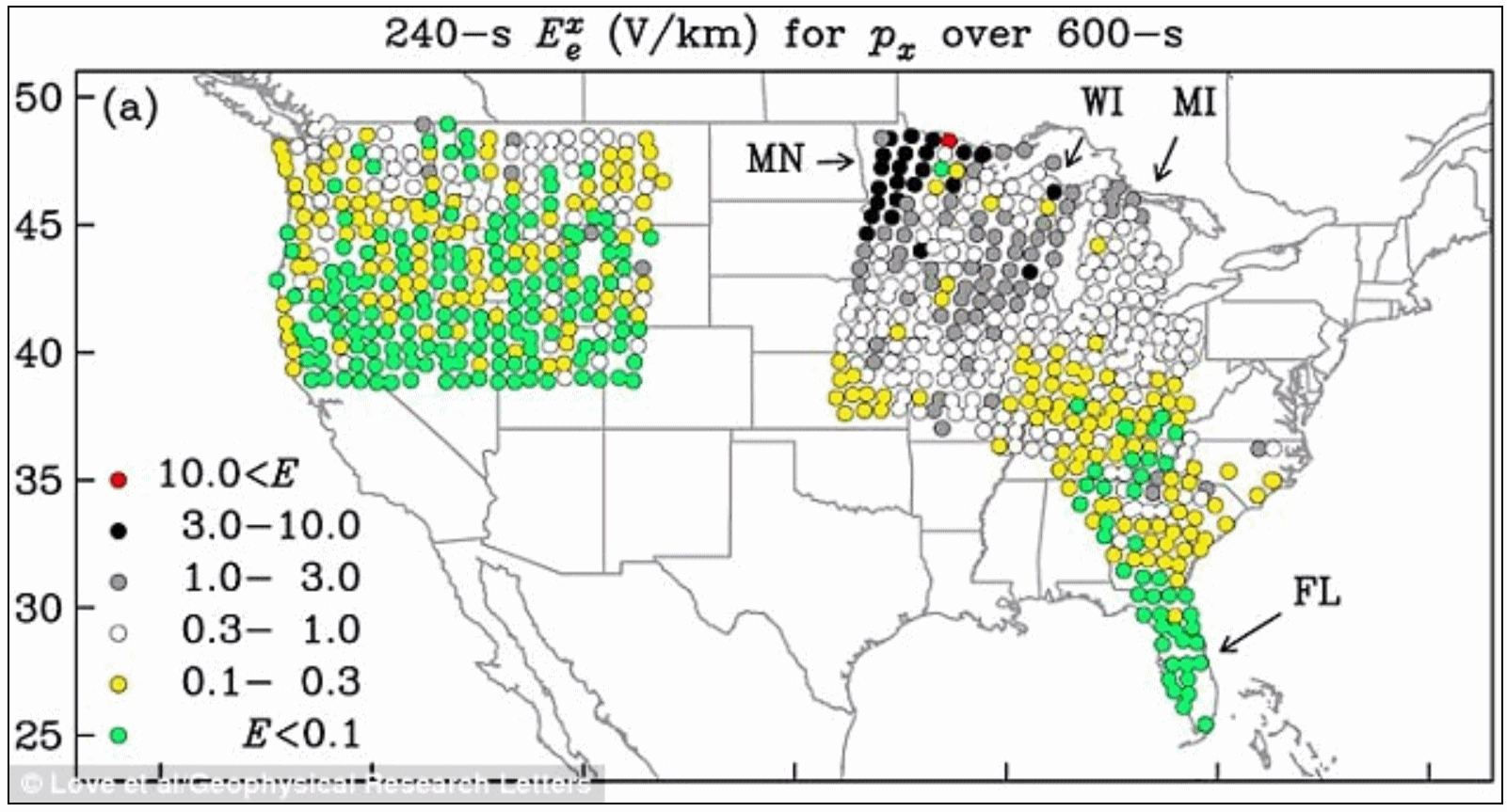 Minnesota and Wisconsin At Greatest Risk of Solar Storm-Related Grid Failures?
Minnesota and Wisconsin At Greatest Risk of Solar Storm-Related Grid Failures?
Well here's a big day-brightener. Due to a combination of factors,
geomagnetic storms and magnetic material deep underground, Minnesota and
Wisconsin may have the greatest potential for power outages related to
solar activity, according to a story at
Daily Mail Online: "
Solar
storms threaten Earth about every 100 years and experts warn we are
overdue. Now, researchers have released the first ever map that shows
which area of the US are at high risk of being hit by the next intense
storm. The map was built using geomagnetic storm measurements and data
from magnetic materials beneath the Earth - revealing Minnesota is
particularly at risk of being blasted by solar material..."
Map credit: "
Researchers
created a map that shows what areas of the US are at high risk of
intense solar storms. The red and black dots represent areas at the
highest risk, green and yellow are the lowest and gray means there is
not yet enough data to map a geoelectric hazard."
Gizmodo has more perspective
here.
The World's Poorest Most At Risk From Drought, Conflict.
Climate Central reports: "
Agriculture
is the key source — and in many cases, the only source — of income for
many living in the developing world. When drought hits, it has the
potential to take away everything and unravel the threads that stitch
together society. New findings
published Monday in the Proceedings of the National Academies of
Science are part of a burgeoning body of literature showing how climate
change can lead to conflict. It shows that drought exacerbates existing
conflicts in some of the poorest countries and the farmers who are most
dependent on a stable climate for their livelihoods. The findings
highlight why climate change is intimately tied with development, national security and morality..."
Photo credit: "
Drawing water in Mauritania during a severe drought that hit East Africa in 2012."
Credit: Oxfam International/flickr
Global Governments, Loath to Change, Are Wasting Oil With Subsidies. Here's an excerpt from
The New York Times: "...
The
argument against the subsidies seems obvious to most mainstream
economists. Worldwide, such subsidies have cost governments and state
oil companies as much as $500 billion annually in recent years,
according to the International Energy Agency. Economists say the vast
majority of benefits from the subsidies go to the wealthy, not to the
poor, because it is the wealthy who do the most driving and use the most
electricity. Wasteful consumption of all fossil fuels, including the
dirtiest coal, burdens governments with additional spending that might
otherwise go to social programs..."
Photo credit: "
Egyptian
men gaze down at a traffic jam in a neighborhood of Cairo, where the
low cost of fuel leads to more cars on the highways." Credit Tara Todras-Whitehill for The New York Times.
 Wind Could Supply Fifth of World Electricity by 2030. Reuters has the story: "Wind
power could supply as much as 20 percent of the world's total
electricity by 2030 due to dramatic cost reductions and pledges to curb
climate change, the Global Wind Energy Council (GWEC) said in a report
released in Beijing on Tuesday.
If last year's Paris climate accord leads to a worldwide commitment to
the decarbonization of the electricity sector, total wind power capacity
could reach as much as 2,110 gigawatts (GW) by then, nearly five times
its current level, the industry group said..."
Photo credit: "An
electricity pylon is seen next to wind turbines at a wind power plant
in Hami, Xinjiang Uighur Autonomous Region, China, March 21, 2015
Wind Could Supply Fifth of World Electricity by 2030. Reuters has the story: "Wind
power could supply as much as 20 percent of the world's total
electricity by 2030 due to dramatic cost reductions and pledges to curb
climate change, the Global Wind Energy Council (GWEC) said in a report
released in Beijing on Tuesday.
If last year's Paris climate accord leads to a worldwide commitment to
the decarbonization of the electricity sector, total wind power capacity
could reach as much as 2,110 gigawatts (GW) by then, nearly five times
its current level, the industry group said..."
Photo credit: "An
electricity pylon is seen next to wind turbines at a wind power plant
in Hami, Xinjiang Uighur Autonomous Region, China, March 21, 2015."
REUTERS/Stringer.
Flow Batteries: A New Kind of Energy Storage. A promising new technology is explained at
Yale Climate Connections: "...
But
with renewable power sources, things get more complex. The sun cannot
shine brighter just because everyone turns on their air conditioners. So
finding a way to store energy that we can use as needed is a priority.
Gyuk believes a new type of flow battery is one promising method. Flow
batteries can handle fluctuating amounts of energy better than
traditional lithium ion batteries. They’re currently more expensive, but
flow batteries are getting cheaper to make, and people are starting to
use them as a powerful and cost-effective storage solution. Several
states have already incorporated flow batteries into local energy grids.
Gyuk: “Ultimately, using storage means that more renewable energy can
be accommodated on the grid...”
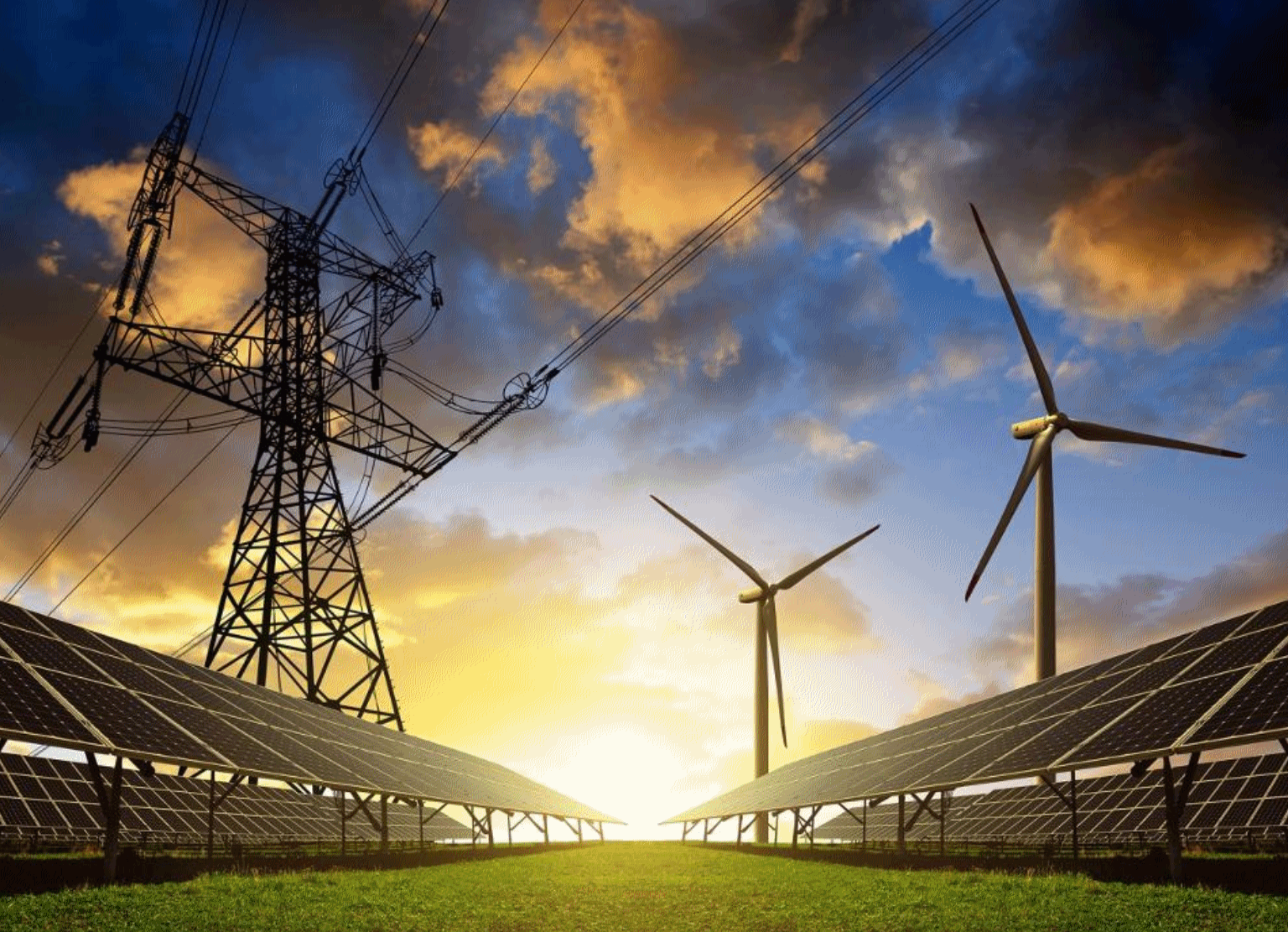 The Shift to Renewables: How Far, How Fast? Forbes
The Shift to Renewables: How Far, How Fast? Forbes has a story that frames the challenge - and market opportunity: "
Powering
the United States or the world with 100% renewable energy is the stated
goal of many individuals and organizations. What they are really
talking about is 100% renewables to generate electricity, because it’s
not feasible in the near-term to replace motor fuels with renewables.
Views of how quickly this can be done are highly polarized – some
predict less than two decades, while others see fossil fuels as the
dominant source at least through 2050. The primary argument for
renewable energy is to avoid anthropogenic, or human-caused, climate
change by reducing CO2 emissions. Progress toward that goal
has fallen well short of reductions believed by the Intergovernmental
Panel on Climate Control (IPCC) to be necessary to avoid catastrophic climate change..."
Kansas Town Decimated by EF-5 Tornado Now Runs on 100% Renewable Energy.
EcoWatch has the uplifting article: "
But from the rubble, opportunity emerged. Greensburg is now one of the greenest towns in the U.S. and serves as an actual role model for renewable energy and sustainable development. Greensburg could also teach its frack-happy, earthquake-riddled home state a lesson or two about better energy choices. Greensburg—the second U.S. city to go 100 percent renewable after Burlington, Vermont—has an impressive list of green bonafides thanks to its master sustainability plan.
After the tornado struck, the city picked itself up and rebuilt every
building to LEED-platinum standards and converted every streetlight to
LEDs, the first in the nation to do both..."
Photo credit
upper left: "Greensburg, Kansas is the second city in the U.S. to
convert to 100 percent renewable energy after it was devastated by a
powerful tornado in 2007." Wikimedia Commons.
Photo credit upper right: "
A hospital turbine in Greensburg, Kansas." The City of Greensburg.
What If The Newspaper Industry Made a Colossal Mistake? Politico Magazine has food for thought: "...Buttressed
by copious mounds of data and a rigorous, sustained argument, the paper
cracks open the watchworks of the newspaper industry to make a
convincing case that the tech-heavy Web strategy pursued by most papers
has been a bust. The key to the newspaper future might reside in its
past and not in smartphones, iPads and VR. “Digital first,” the authors
claim, has been a losing proposition for most newspapers. These findings
matter because conventional newspapers, for all their shortcomings,
remain the best source of information about the workings of our
government, of industry, and of the major institutions that dominate our
lives. They still publish a disproportionate amount of the
accountability journalism available, a function that’s not being fully
replaced by online newcomers or the nonprofit entities that have popped
up..." (Image credit
here).
Want College To Pay Off? There Are The 50 Majors With The Highest Earnings.
The Washington Post reports: "
Engineering
and technology are among the most challenging fields of study in
college, but all of that hard work apparently is paying off, as many of
the top-earning entry-level jobs are tied to related majors, according
to a Glassdoor study
released Monday. The job search engine analyzed more than
500,000 resumes and self-reported salaries to determine which majors pay
the most during the first five years after graduation. Eight of the 10
most-bankable majors are tied to engineering or technology, such as
computer science, electrical engineering and information
technology. Nearly half of the majors listed are in science, technology,
engineering and math (STEM) fields, though business-related majors,
such as accounting and marketing, crack the top half of the 50 majors
listed..."
Most Googled Question In Every State.
O.K. Let me get this straight. Minnesotans love quilting, but Wisconsin
wants to impeach their governor? I'm so confused. But what the hell is
going on in Kentucky and Oklahoma? I worry for America. Check out the
article at
Esquire.
 TODAY
TODAY: Mix of clouds and sun. Winds: NW 5-10. High: near 60
WEDNESDAY NIGHT: Clear to partly cloudy. Low: 38
THURSDAY: Partly sunny. Feels like October again. Winds: NW 8-13. High: 54
FRIDAY: Early frost outlying suburbs. Sun gets tangled up in cirrus clouds. Winds: SE 5-10. Wake-up: 37. High: 57
SATURDAY: Intervals of sun, not bad at all. Winds: SE 8-13. Wake-up: 40. High: near 60
SUNDAY: Good day to check out peak fall color. Winds: NW 10-15. Wake-up: 48. High: 61
MONDAY: Plenty of sun, few complaints. Wake-up: 47. High: 62
TUESDAY: Breezy, a taste of early September? Winds: S 10-20. Wake-up: 50. High: 72
Climate Stories....
Streak of Record Warm Months Ends For The Planet, But Global Warming Continues. More context from Jason Samenow at
Capital Weather Gang: "
For
an unprecedented 16 straight months, the Earth’s average temperature
established new record highs. The streak came to an end this September, NOAA reports,
as the planet’s monthly temperature was a hair cooler than 2015’s
record-breaking mark. September 2016 ranked second warmest in records
going back to 1880, 0.07 degrees cooler than September 2015 according to
NOAA. It may mark the start of a period in which global temperatures
hover somewhat below record-setting levels. Even so, 2016 year-to-date
ranks as the warmest on record by a large margin and the long-term rise
in temperature is set to continue despite present or future short-term
hiccups..."
Graphic credit: "
Time series of Earth’s average temperature during September." (NOAA)
Lemon into Lemonade: Turning CO2 Into Products? Here's an excerpt of a story highlighting promising new technology at
Carbon Brief: "
How do you reduce CO2 emissions? The Global CO2 Initiative
is pushing a unique approach: turn them into useful products, then sell
them. Based in San Francisco, the company has the ambitious aim to
capture 10% of global CO2 emissions through carbon capture and usage.
While this method is still in its infancy, the initiative aims to
commercialise new ideas quickly by granting up to $100m a year for 10
years to researchers developing viable new products. Its global advisory
board includes Steven Chu, the former US secretary of energy, and Jeremy Oppenheim, programme chair of the New Climate Economy project..."
Climate Clippings (from 1912). Yes, the science was fairly clear more than a century ago, as
Snopes.com confirms: "...
This article’s authenticity is supported by the fact it can be found
in the digital archives of the National Library of New Zealand. Further
attesting to its authenticity (and perhaps its role as a bit of stock
news used to fill space) is that an identical story had appeared in an
Australian newspaper a month prior, in the 17 July 1912, issue of The
Braidwood Dispatch and Mining Journal, as found
in the digital archives of the National Library of Australia. Some
online commenters expressed skepticism over the notion that such a clear
understanding of the mechanisms relating to greenhouse gases existed in
1912 or that anyone back then then would suggested that humans could
play a role in altering their concentration. In fact, the timing of
these news clips is consistent with the historical record..."
The Hottest Spot on Earth Has a Melting Economy. One town in Kuwait hit 129F in July. What do you do when it gets consistently too hot to spend any time outdoors?
CNBC.com reports: "...
Like
other countries in the Persian Gulf sweltering from high temperatures
and humidity, Kuwait is positioning its economy for a century of
steadily rising heat waves so severe that parts of the Middle East may
become unlivable outdoors. By 2100, the desert cities near the Arabian
Sea, including Abu Dhabi, Dubai and Doha, may regularly experience days
of temperatures that feel like 165 degrees, when heat hits 95 degrees
and humidity is taken into account, based on research and statements
by scientists at California's Loyola Marymount University and MIT. Even
the fittest humans can't survive those temperatures for more than a few
hours outside..."
The Past 2 Weeks Are a Perfect Illustration of What "Solving" Climate Change Will Look Like. A series of baby steps, which, in the aggregate, turn into something much bigger. Here's an excerpt from
Dave Roberts at Vox: "
Global
warming can sometimes feel like this big, hopelessly intractable
problem that no one’s doing much about. But the first two weeks of
October have seen a genuinely impressive flurry of climate action — if
you know where to look. Consider what’s gone down so far:
1) Canada got a carbon tax. On October 4, Canadian Prime Minister Justin Trudeau announced his government would implement a nationwide carbon tax
starting in 2018. The tax will start at $7.60 per ton of CO2 and rise
to $38 per ton by 2022. Individual provinces can forgo the tax and adopt
their own policies — so long as they slash emissions by an equivalent
amount. While the US media focuses on Donald Trump, the Canadian press
is delving into a wonky debate over carbon pricing..." (Photo credit: Shutterstock).
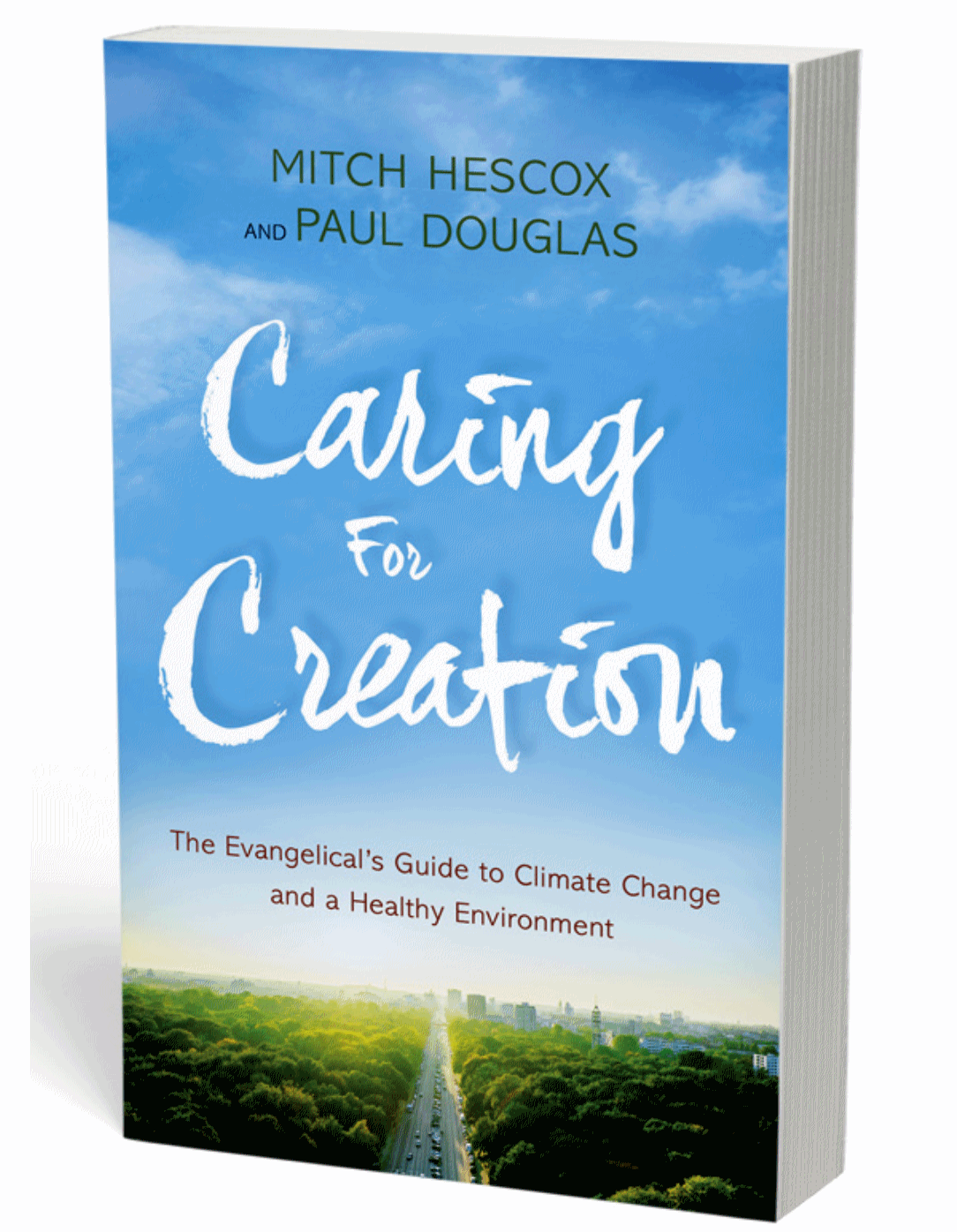
The Conservative Christian Case for Climate Change Action.
My sincere thanks to Minnehaha Academy, which is hosting a book-launch
event the evening of November 15.The first 500 people who RSVP will
receive a complimentary copy of Caring for Creation.
Details are here. Here's an excerpt of a
Time Op-Ed written by "
Caring for Creation" co-author, Methodist minister, former coal industry employee and EEN (
Evangelical Environmental Network) President Mitch Hescox:"...
Food
and water scarcity are made worse across the developing world.
Sea-level rise, increased asthma, and disease carrying insects across
the U.S. are just a few of the other climate-related impacts. The good
news is that overcoming climate change presents us with a tremendous
opportunity to create a better world. In order to realize it, we must
end the partisanship and dump the denial. The scientific debate about
climate change is over. We might not know all the particulars about how
quickly the oceans will rise, but the causation is clear. One only has
to open a window to know that our environment has changed. We
must honor our past, but we cannot live in it. Coal mining jobs
continue to disappear. The blast furnaces of Pittsburgh and elsewhere
won’t be rebuilt. We’re in the middle of an economic disruption..."

Conservatives Make Case for Market-Based Approach to Tackling Climate Change. AL.com has the story; here's a link and excerpt: "As
a conservative-leaning independent, Peter Bryn believes the government
should play a limited role in the lives of its citizens, only getting
involved where absolutely necessary to safeguard the lives and rights of
its citizens. As a former engineer for ExxonMobil and current
conservative outreach director for the Citizens' Climate League, Bryn
believes that reducing carbon pollution that leads to climate change is
one of those areas. "I was with Exxon for about eight years, and I was
concerned about how we manage climate change and provide energy to the
world affordably at the same time," Bryn said..."
Graph credit: "This
graph, based on the comparison of atmospheric samples contained in ice
cores and more recent direct measurements, provides evidence that
atmospheric CO2 has increased since the Industrial Revolution." (Credit: Vostok ice core data/J.R. Petit et al.; NOAA Mauna Loa CO2 record, courtesy NASA.gov) (NASA).
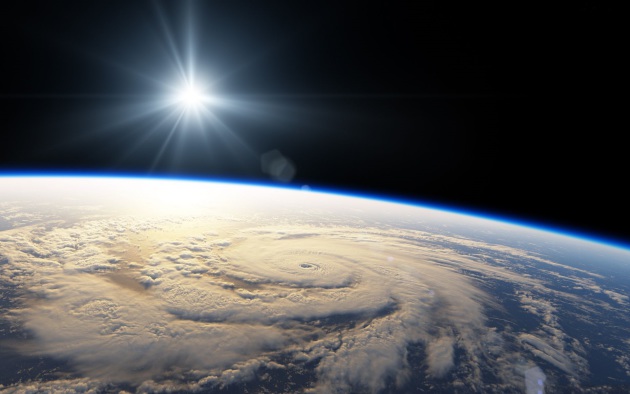
Bill McKibbon: The Question I Get Asked The Most.
Get involved - become part of a growing movement. The most important
thing you can do? Vote for pro-science politicians. There's no place
foro science denial. We're going to need all the technology and
innovation we can find to engineer solutioons to climate volatility and
weather disruption. Here's an excerpt from
EcoWatch: "
The
questions come after talks, on twitter, in the days' incoming tide of
email—sometimes even in old-fashioned letters that arrive in envelopes.
The most common one by far is also the simplest: What can I do? I bet
I've been asked it 10,000 times by now and—like a climate scientist
predicting the temperature—I'm pretty sure I'm erring on the low side.
It's the right question or almost: It implies an eagerness to act and
action is what we need. But my answer to it has changed over the years,
as the science of global warming has shifted. I find, in fact, that I'm
now saying almost the opposite of what I said three decades ago..."

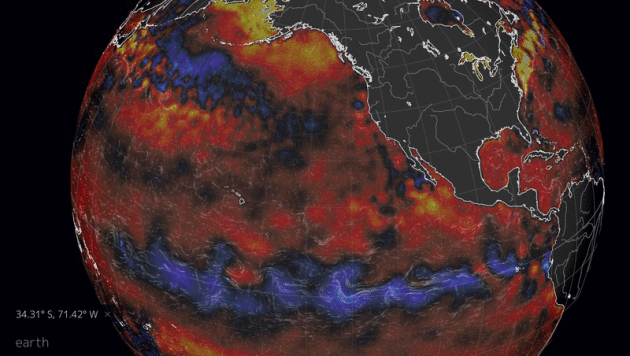



No comments:
Post a Comment